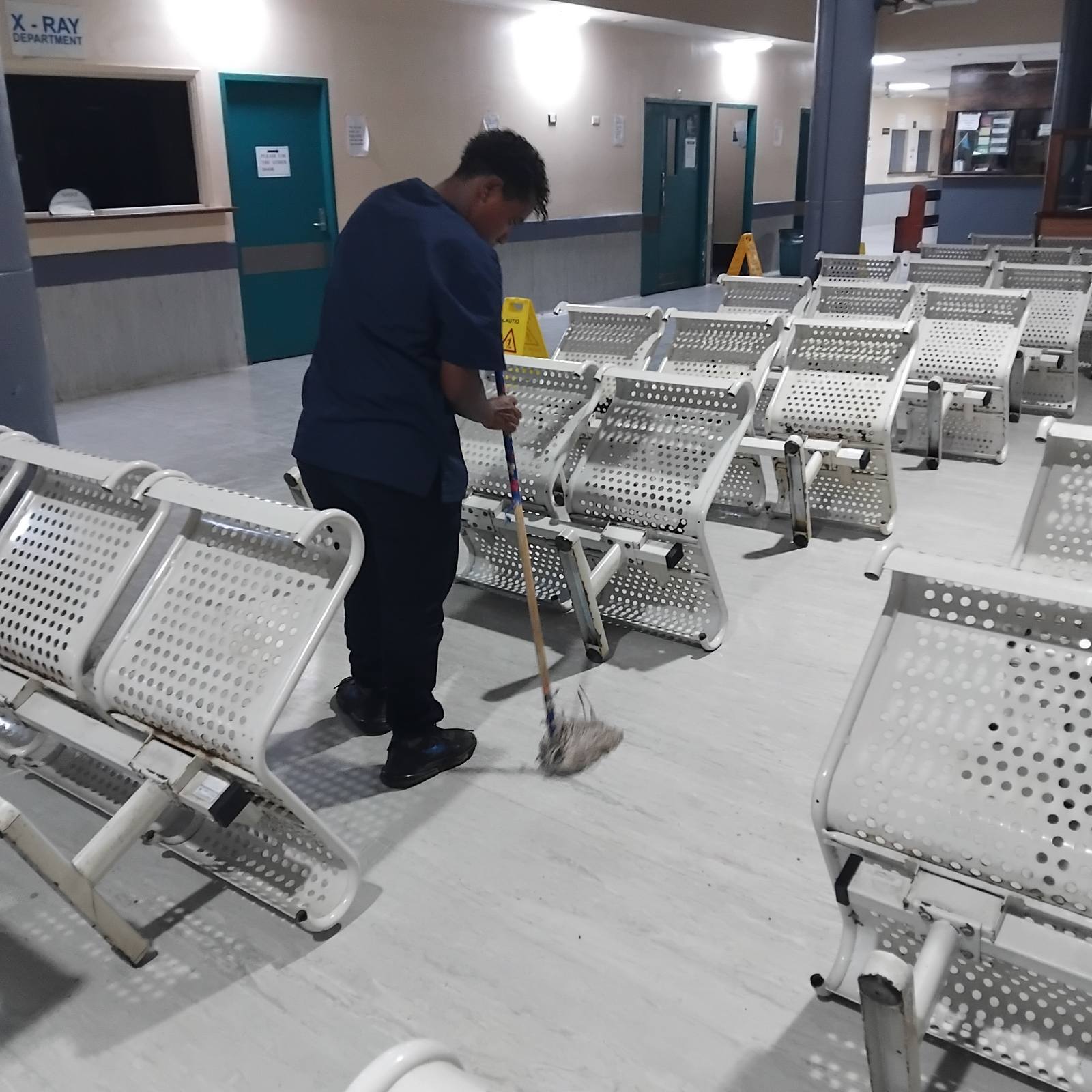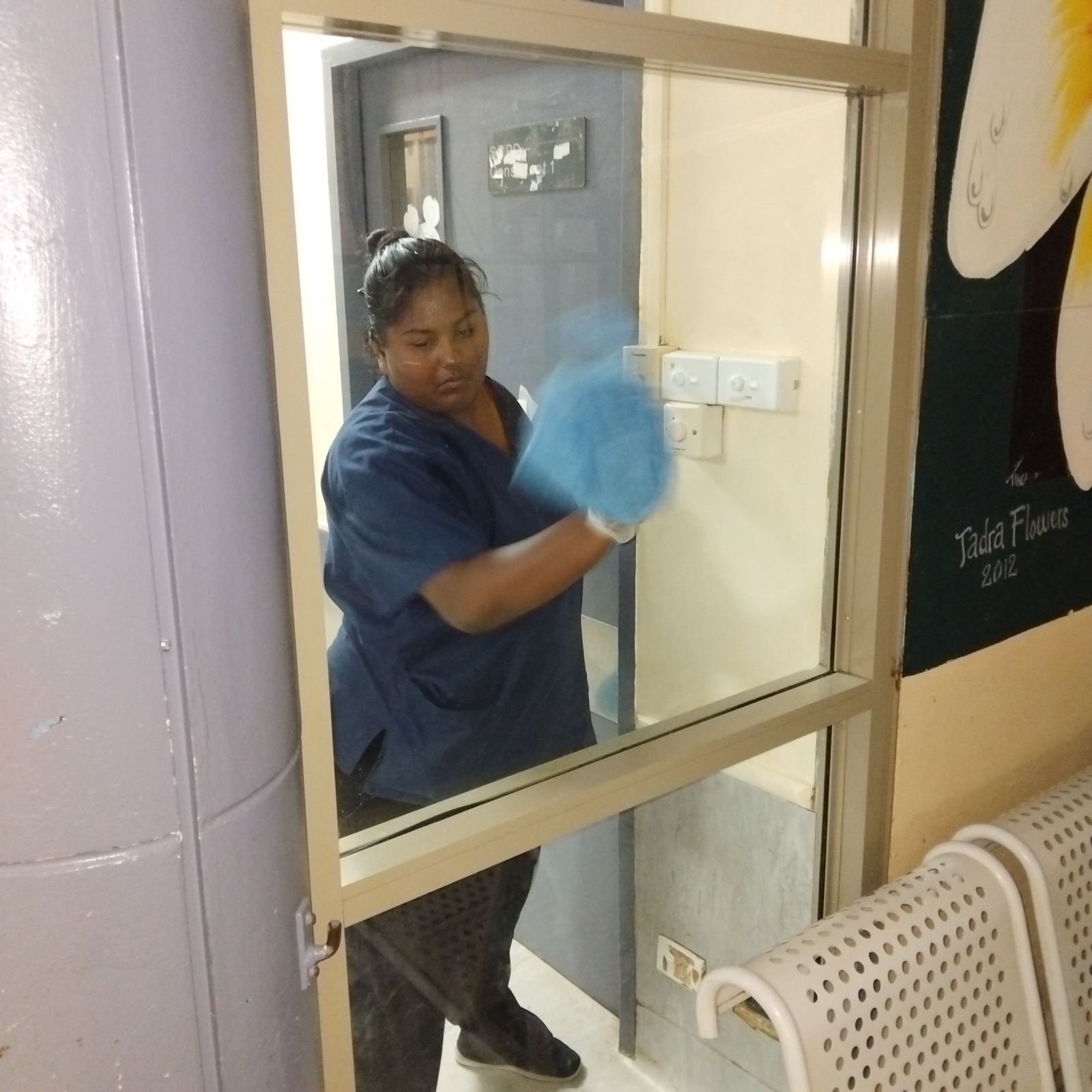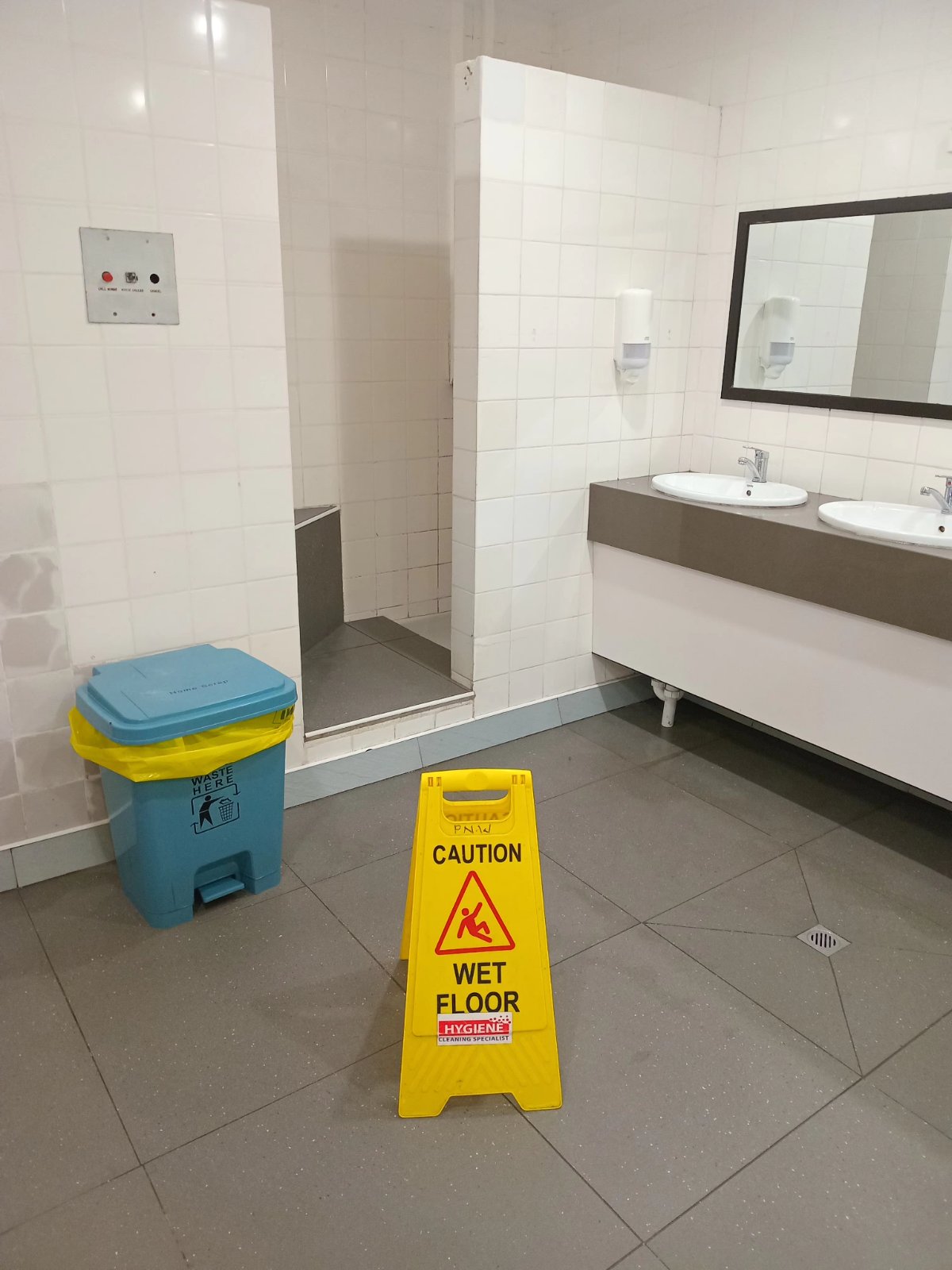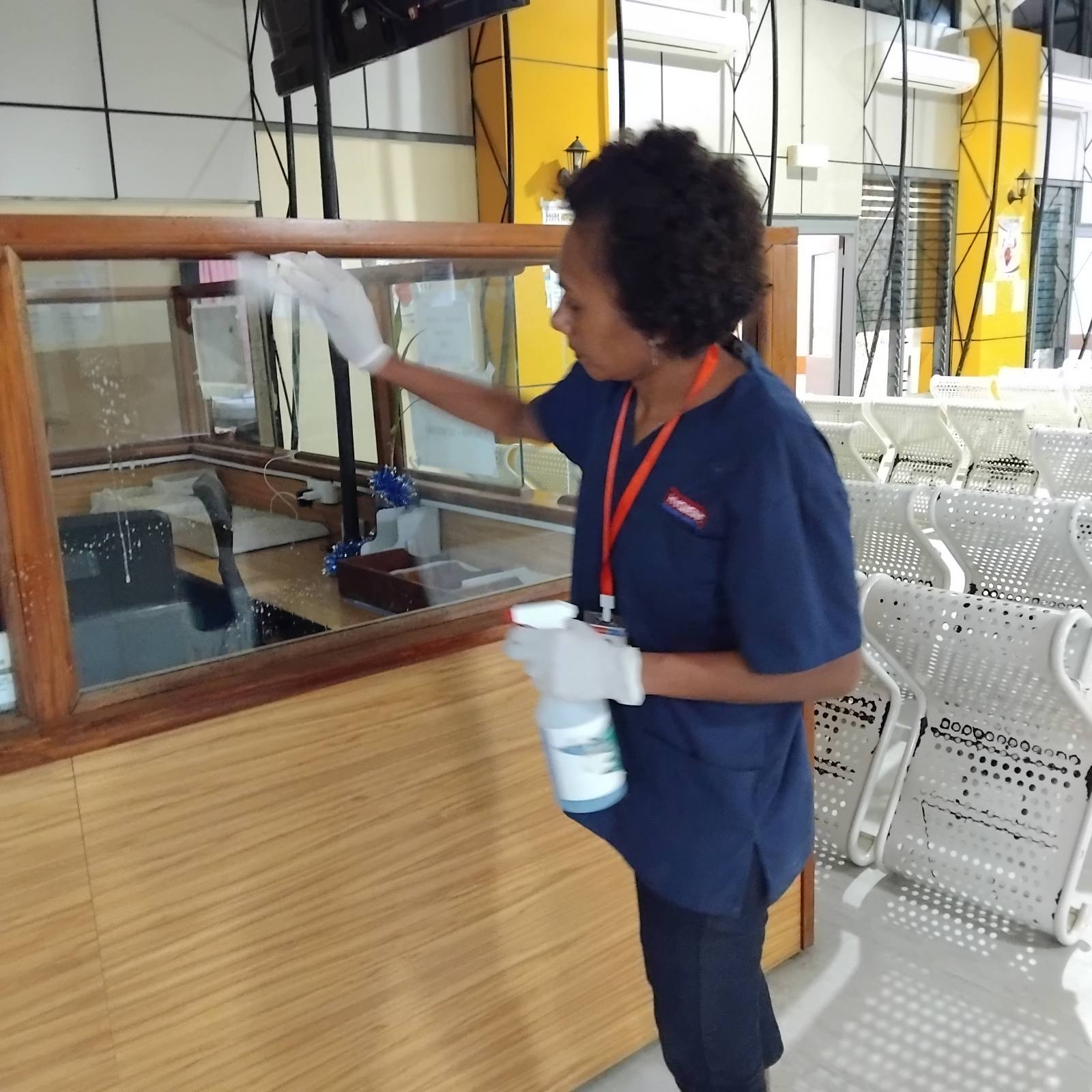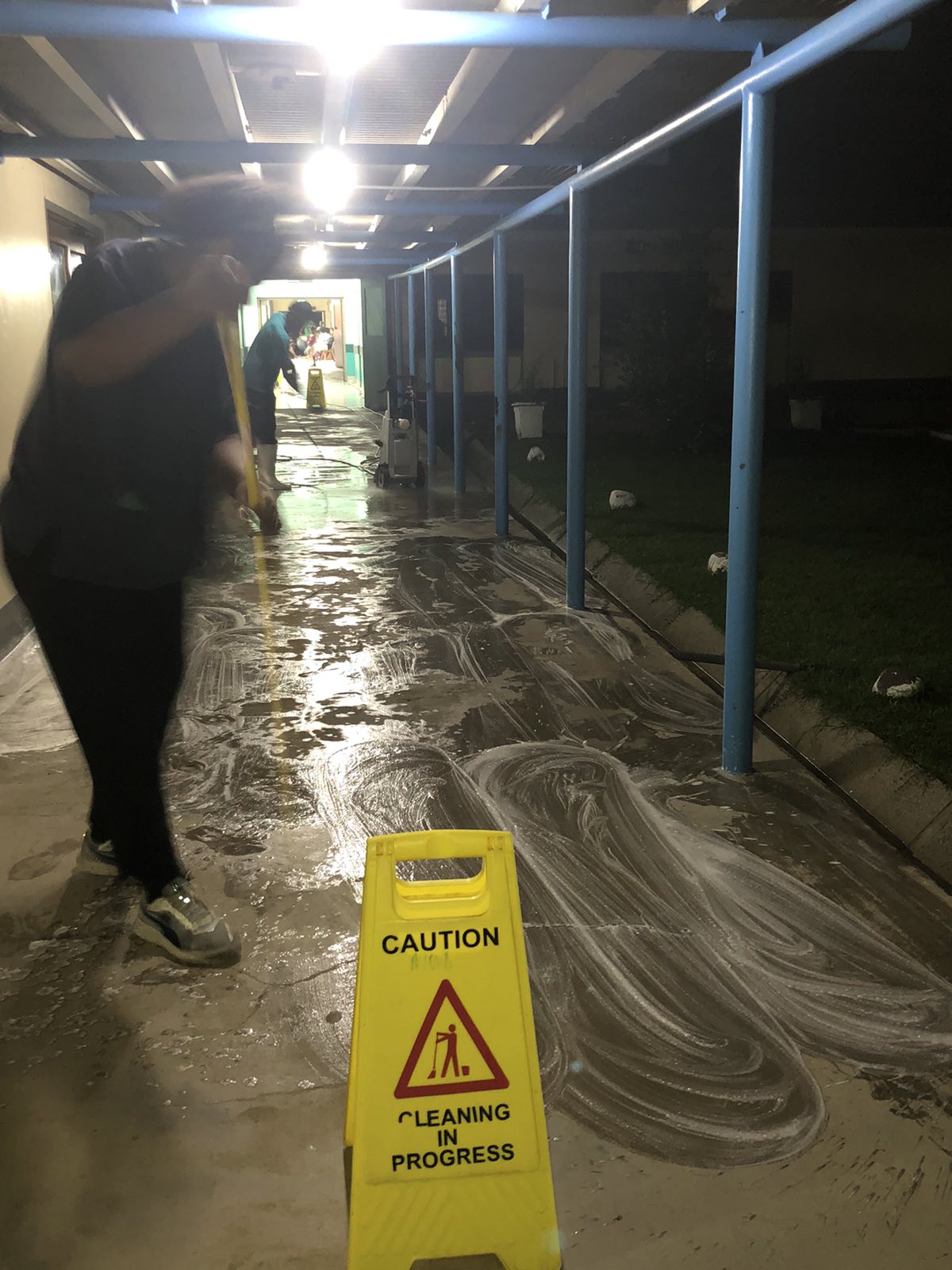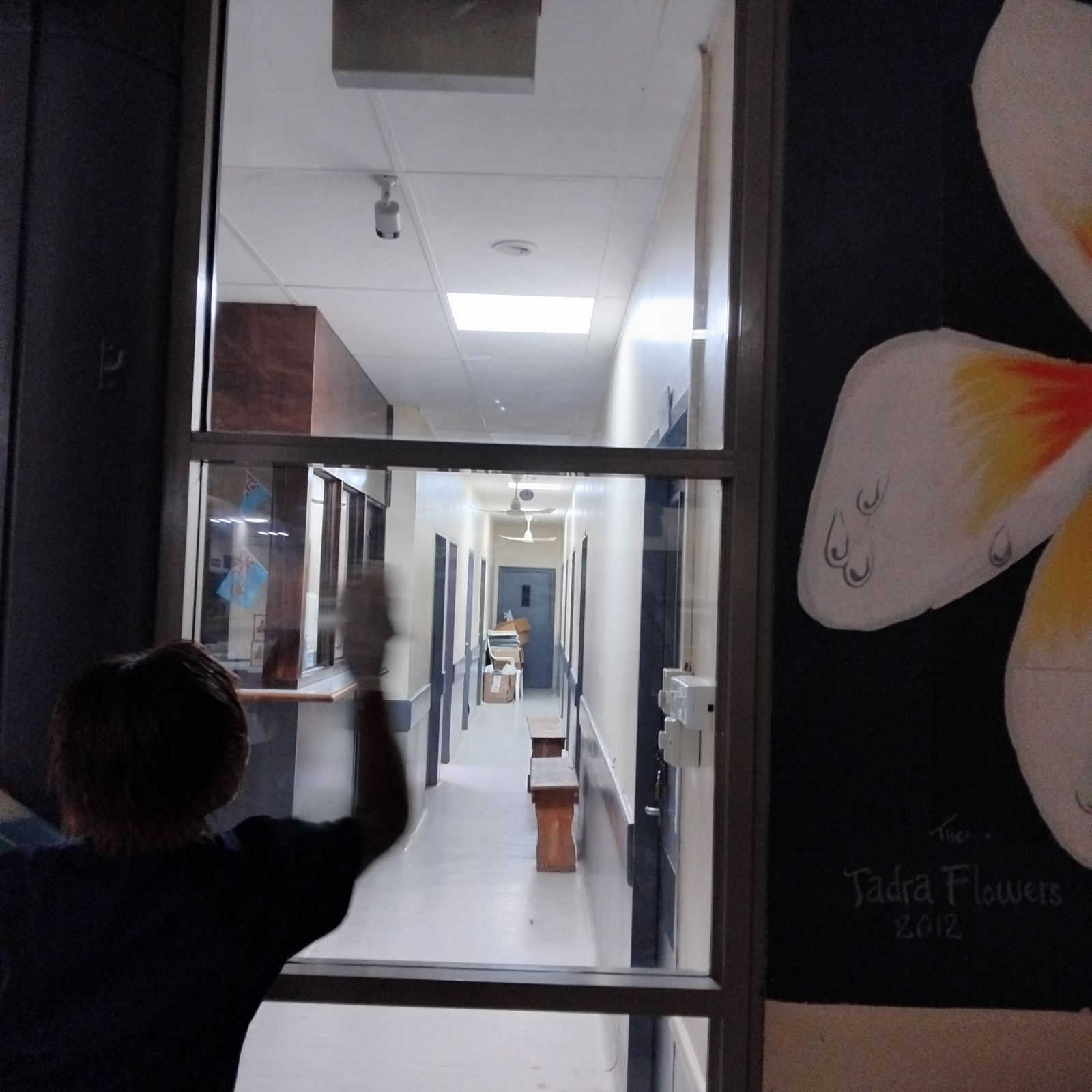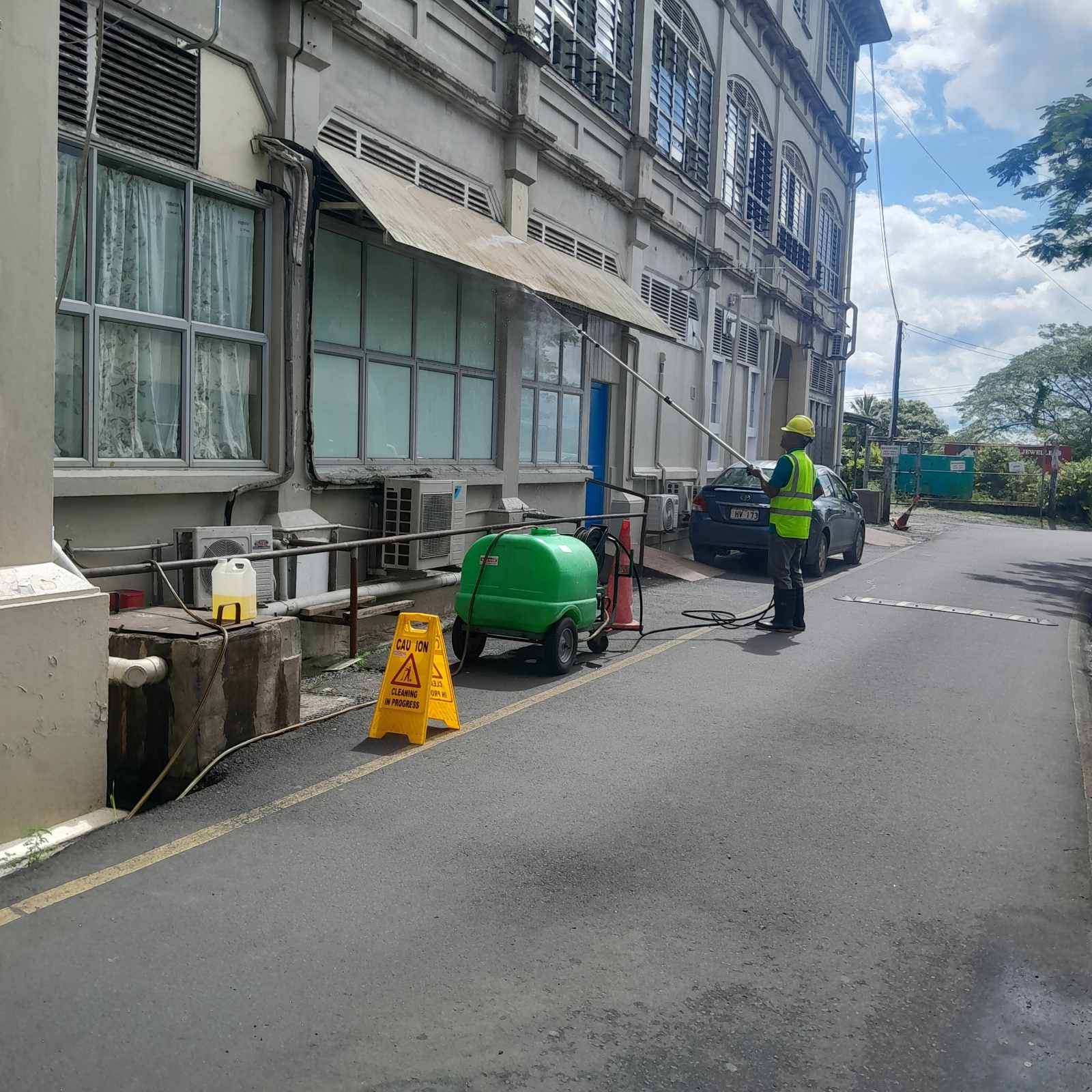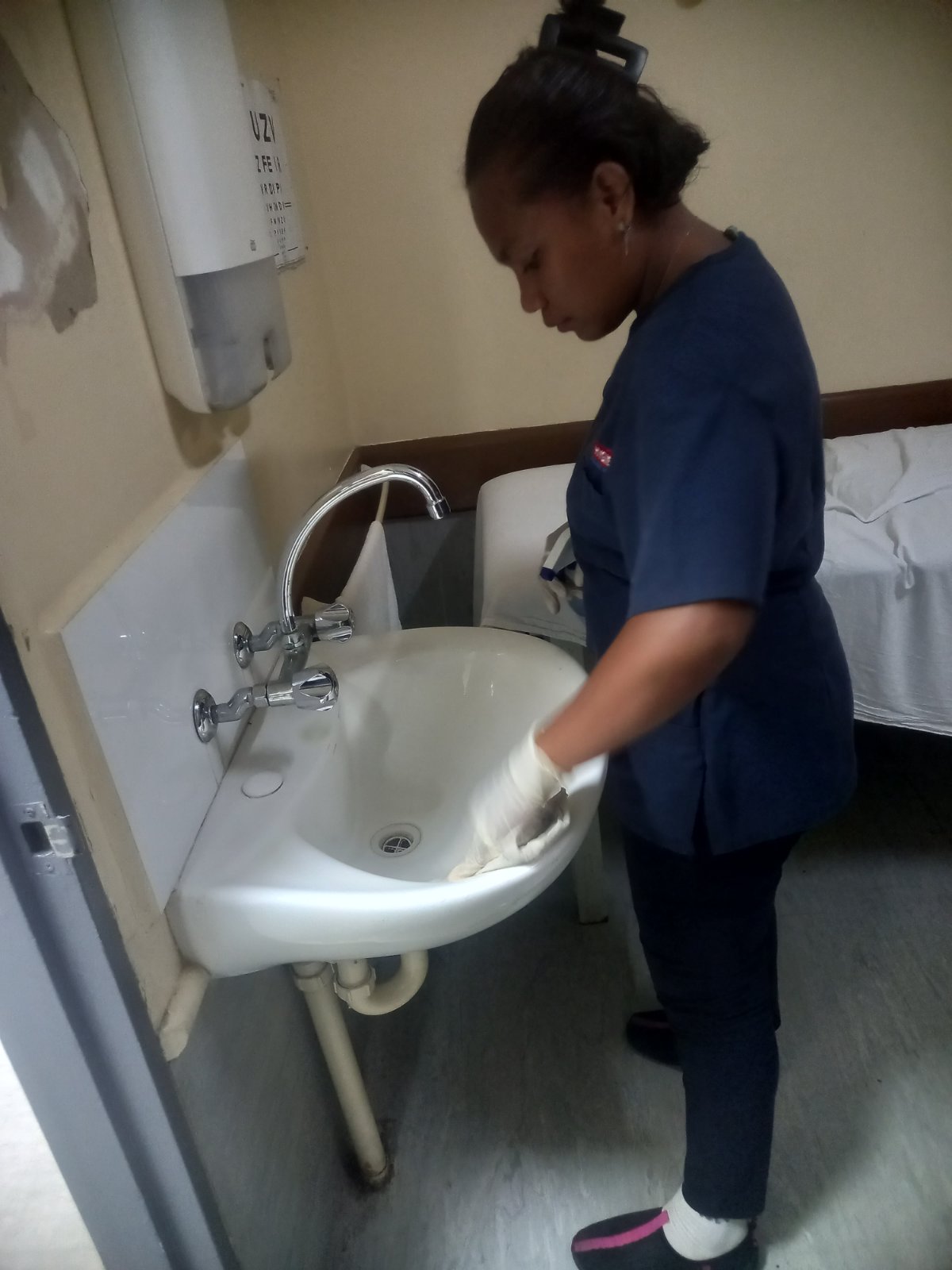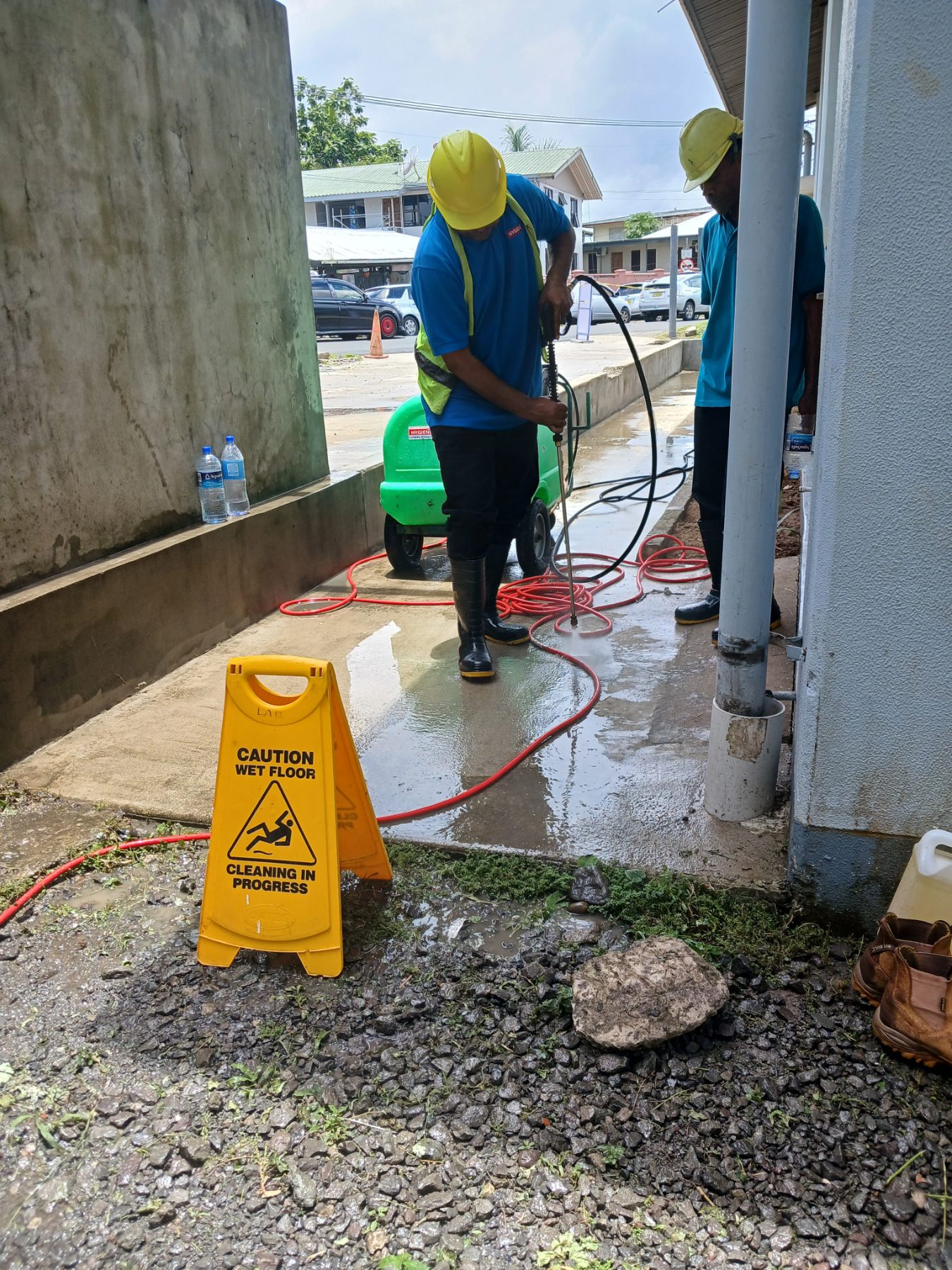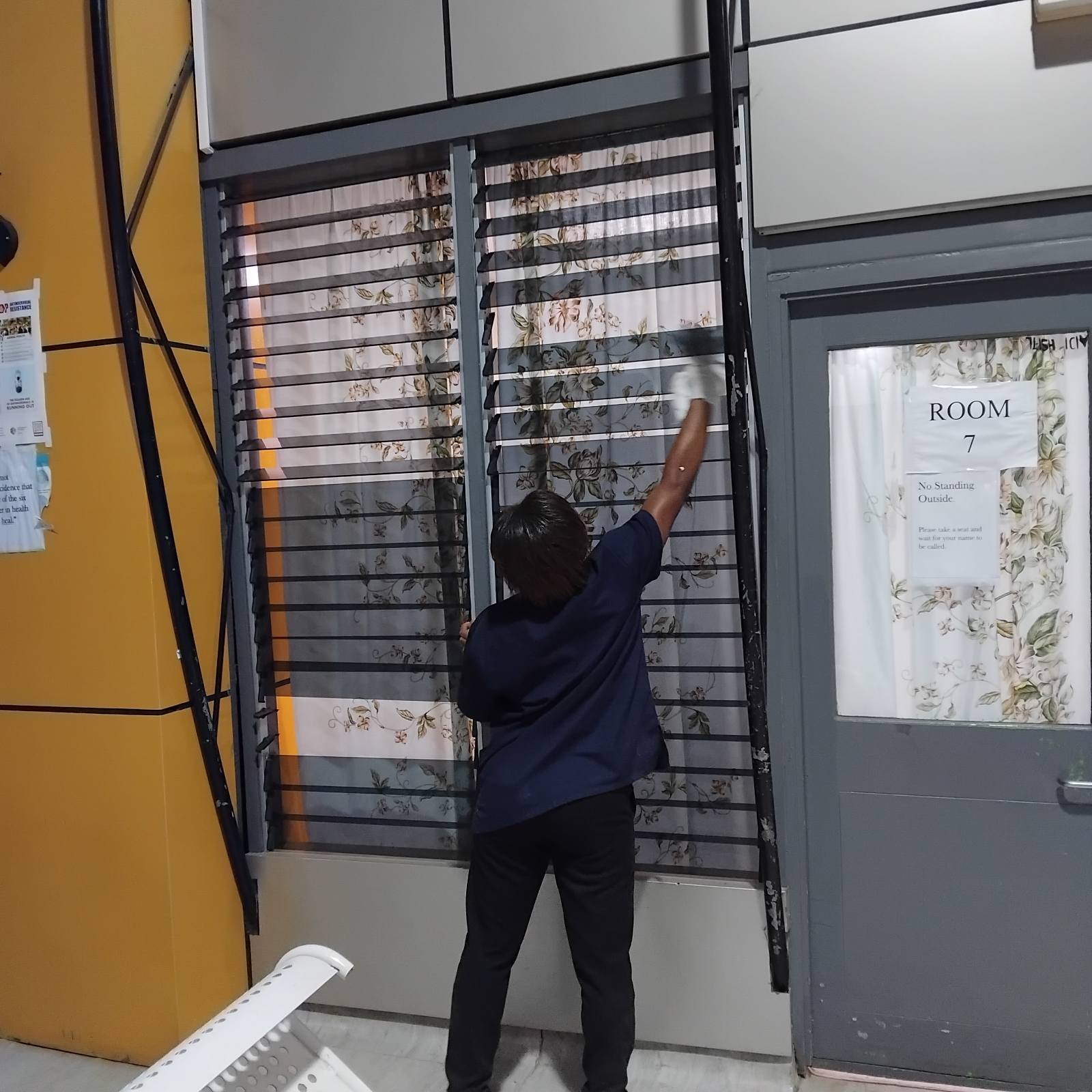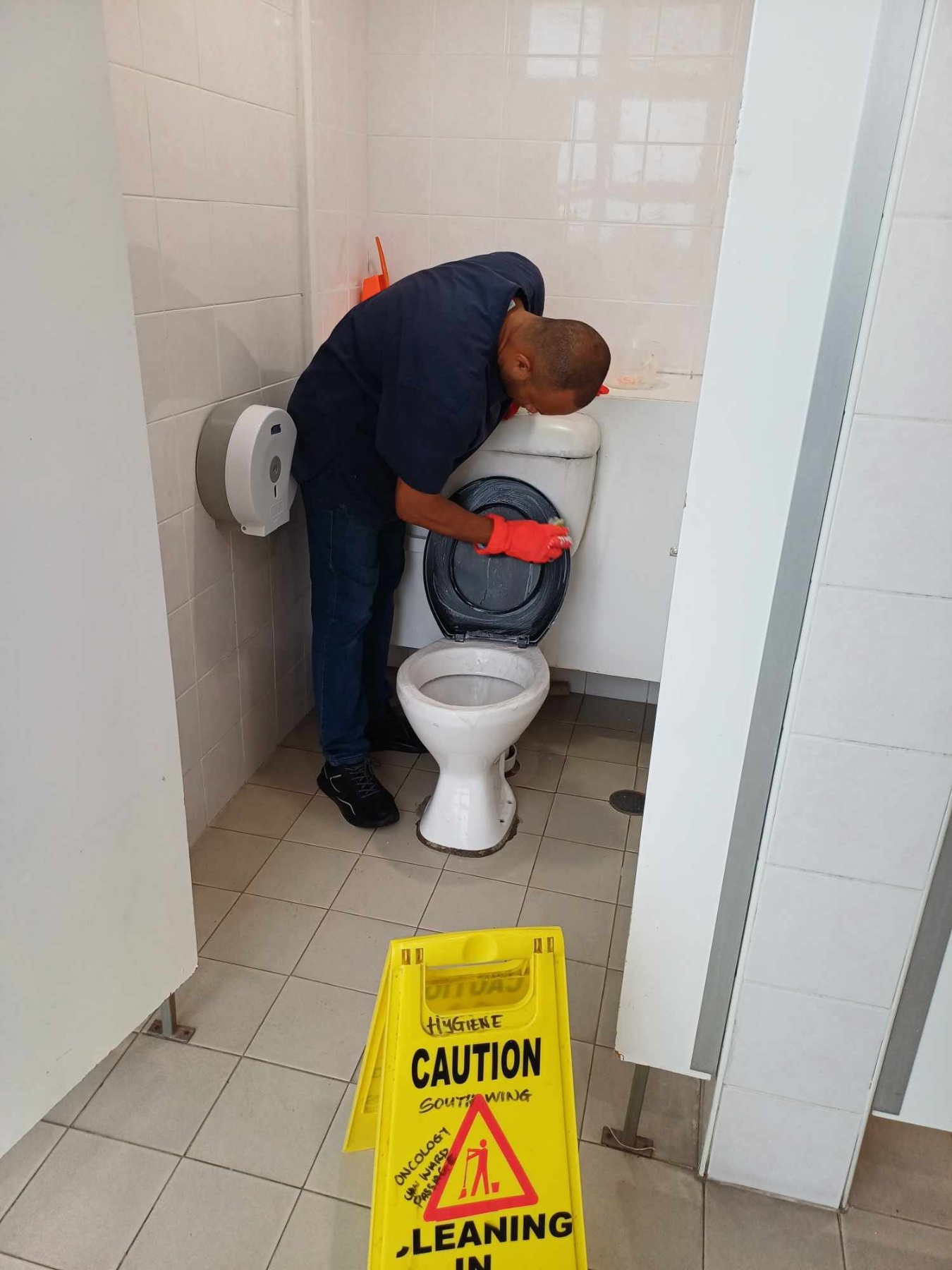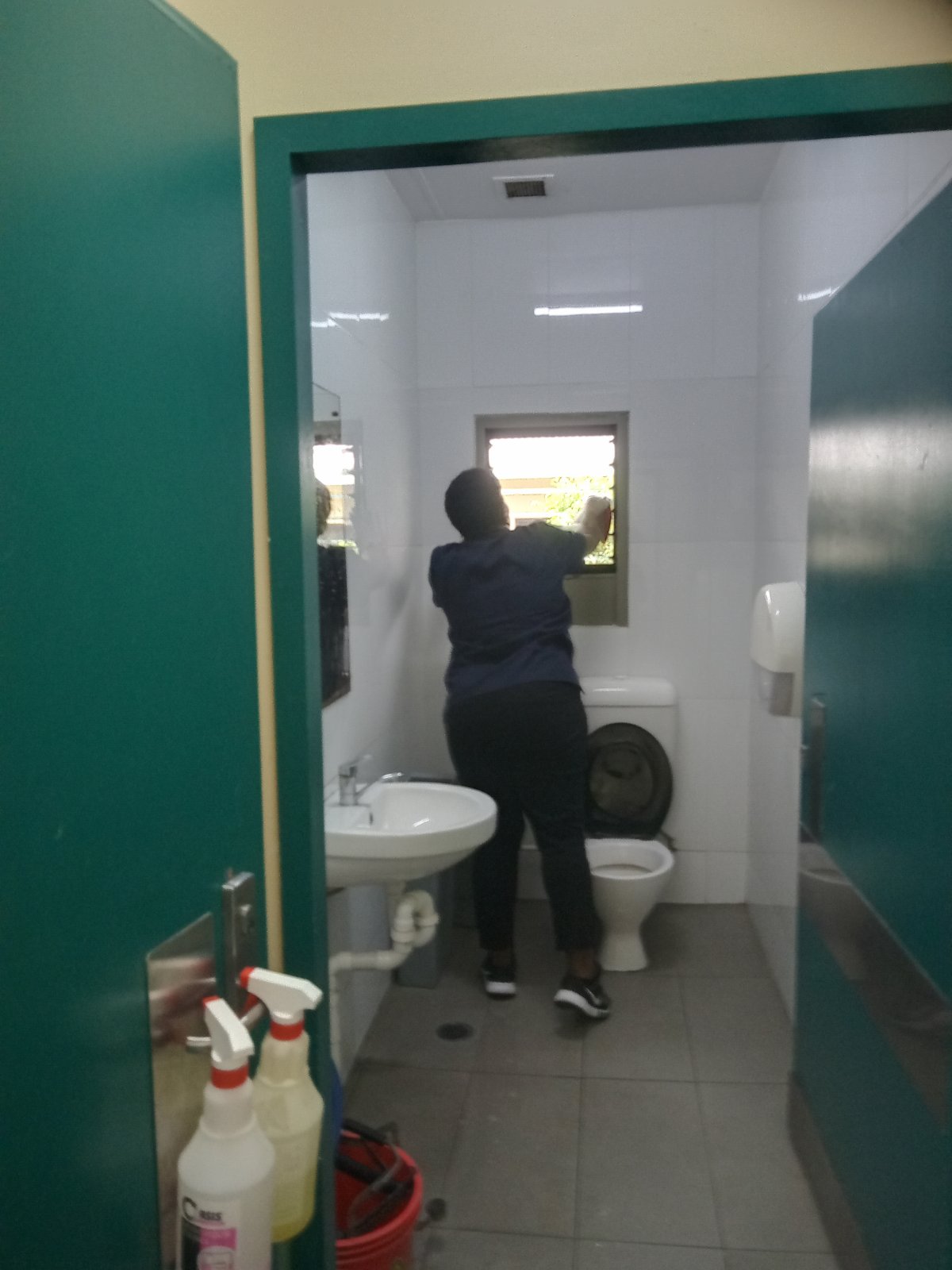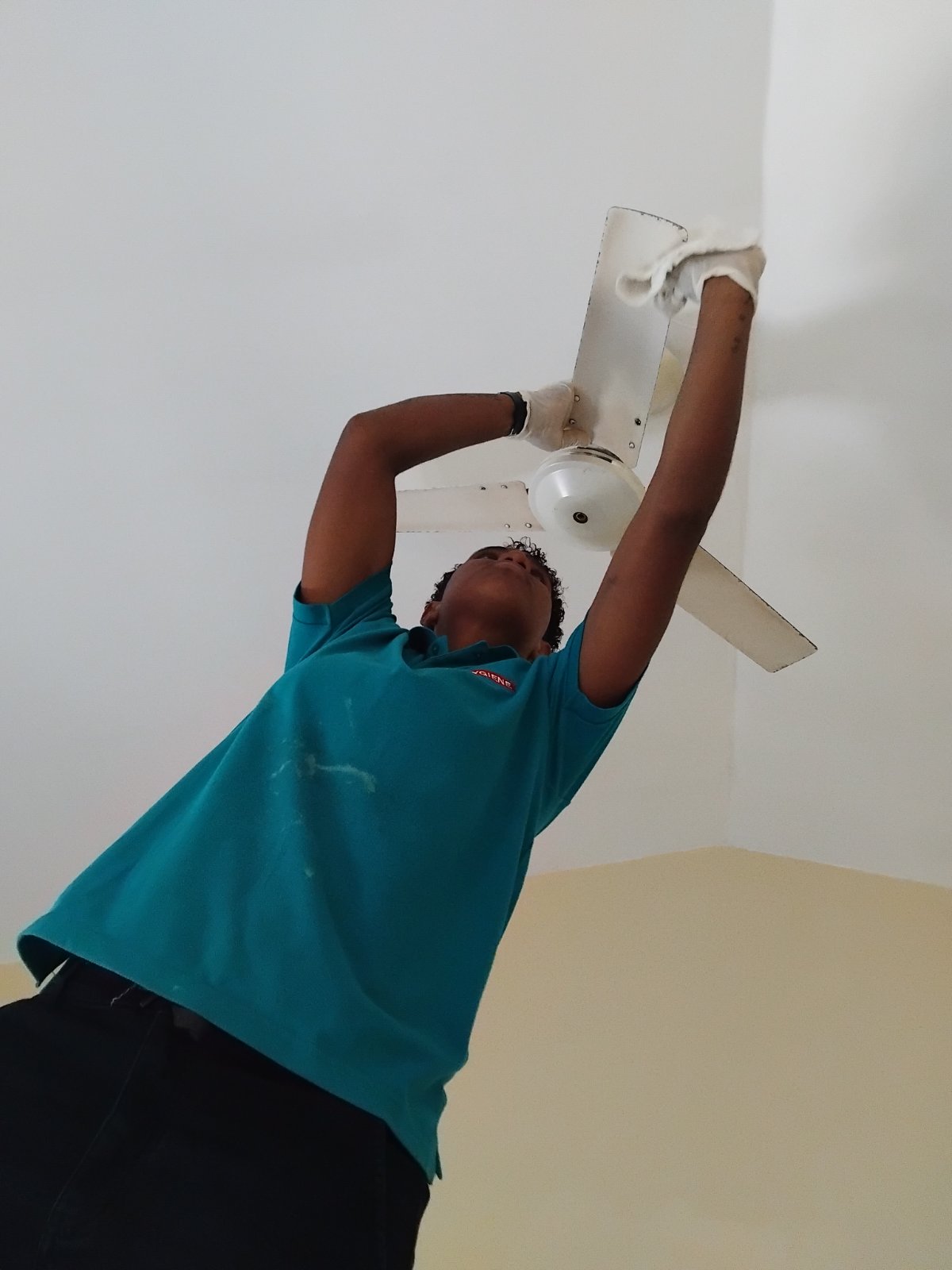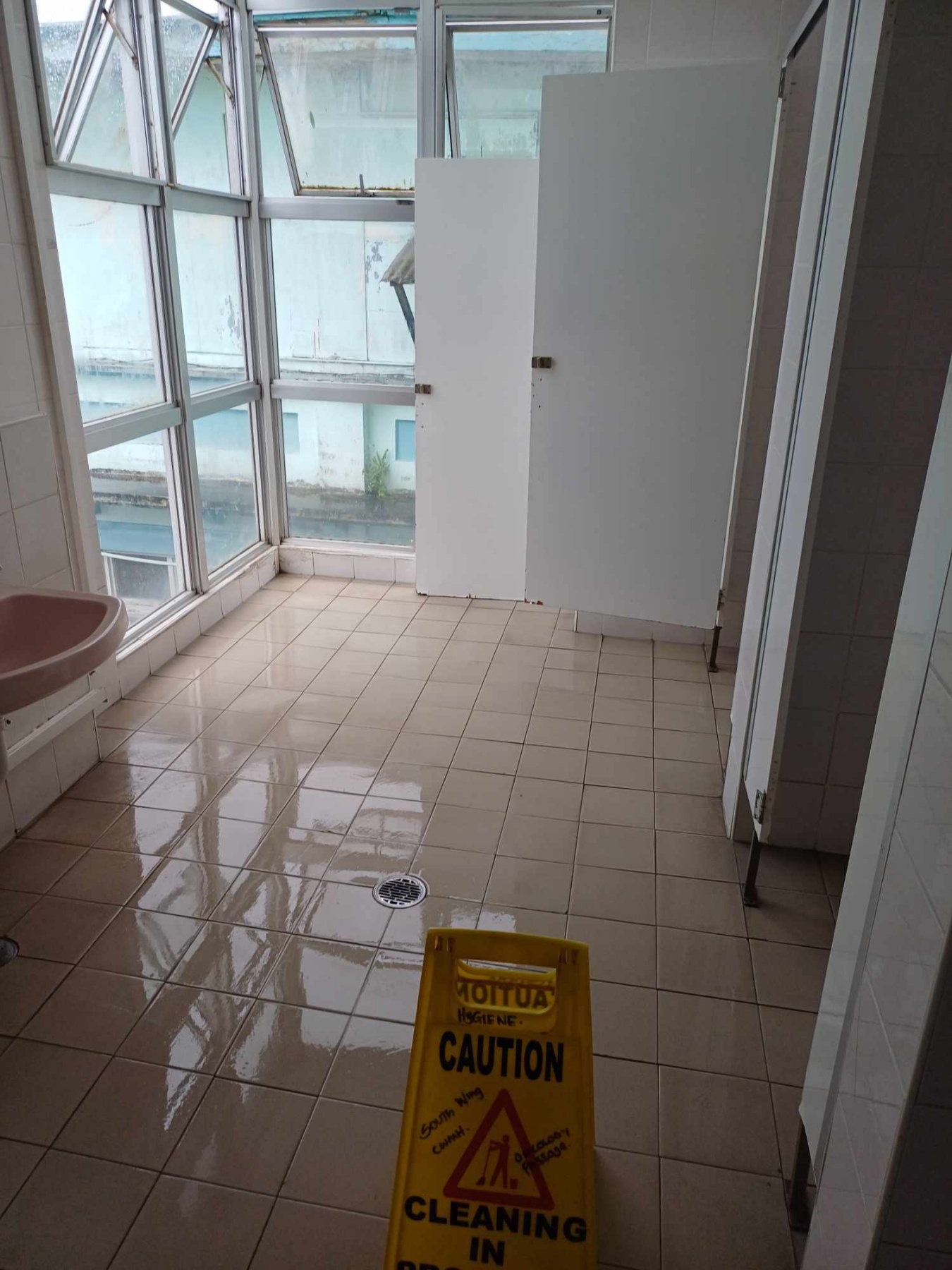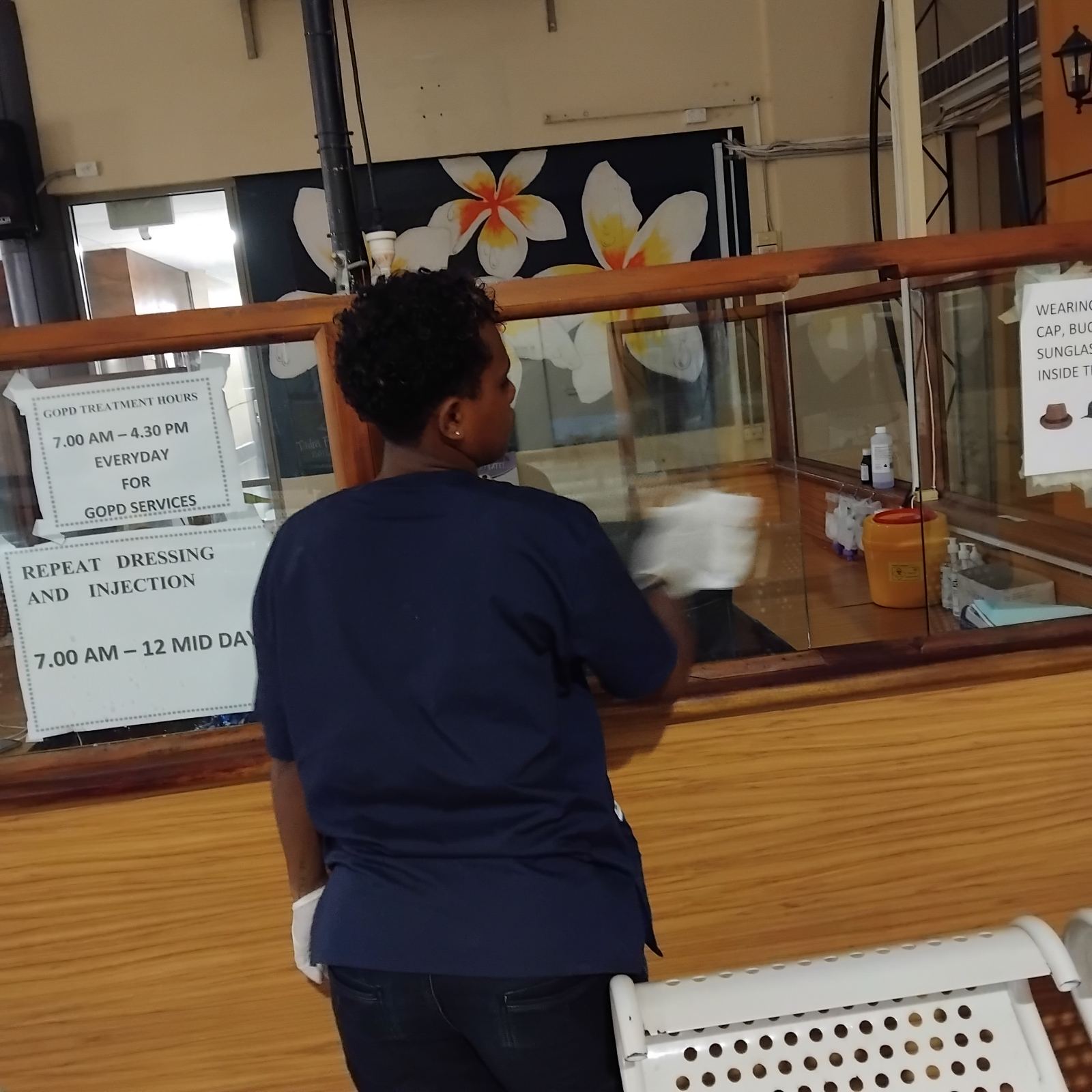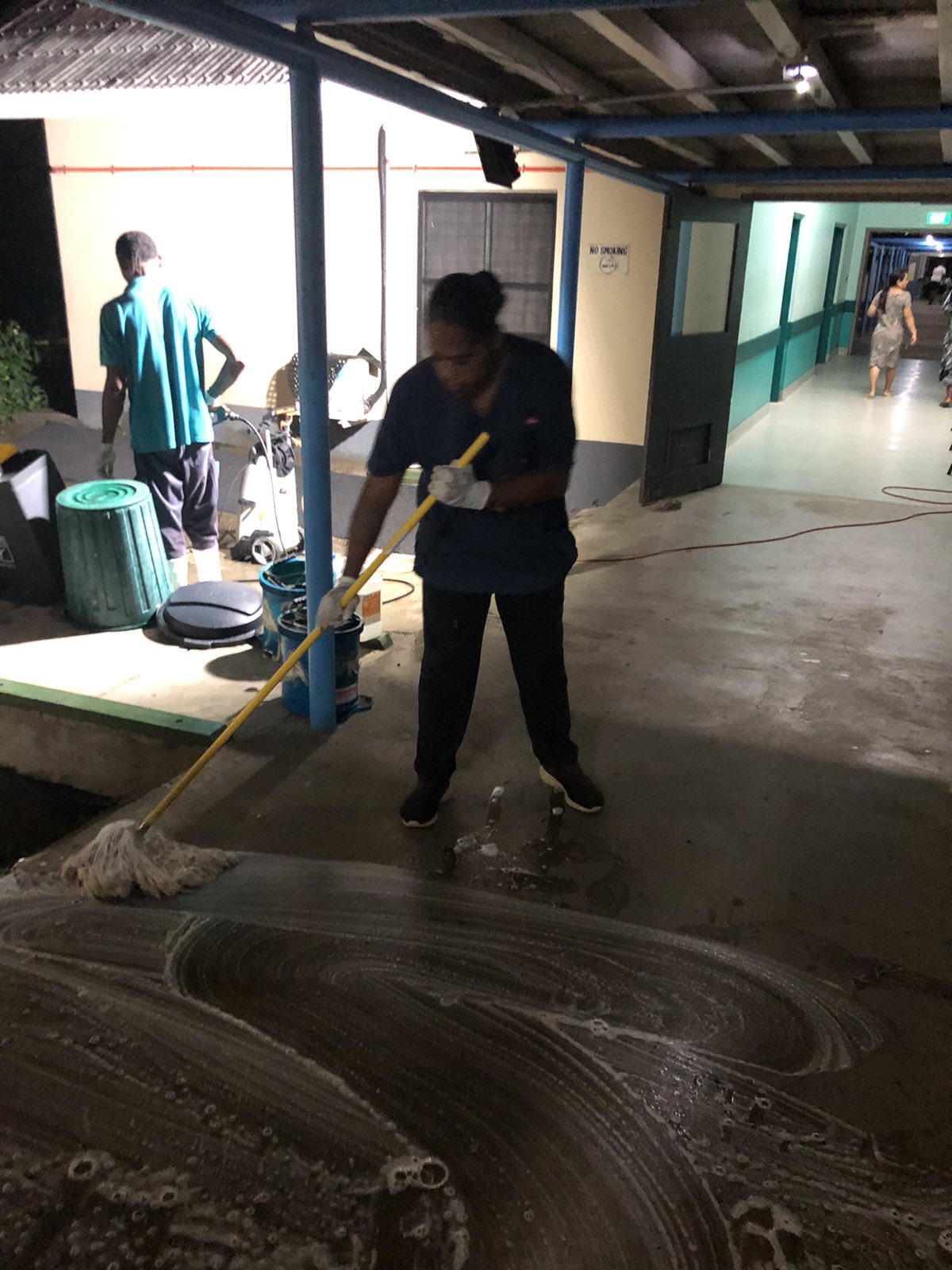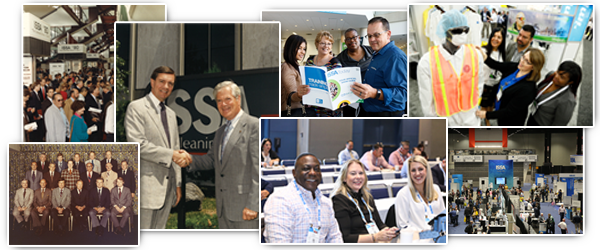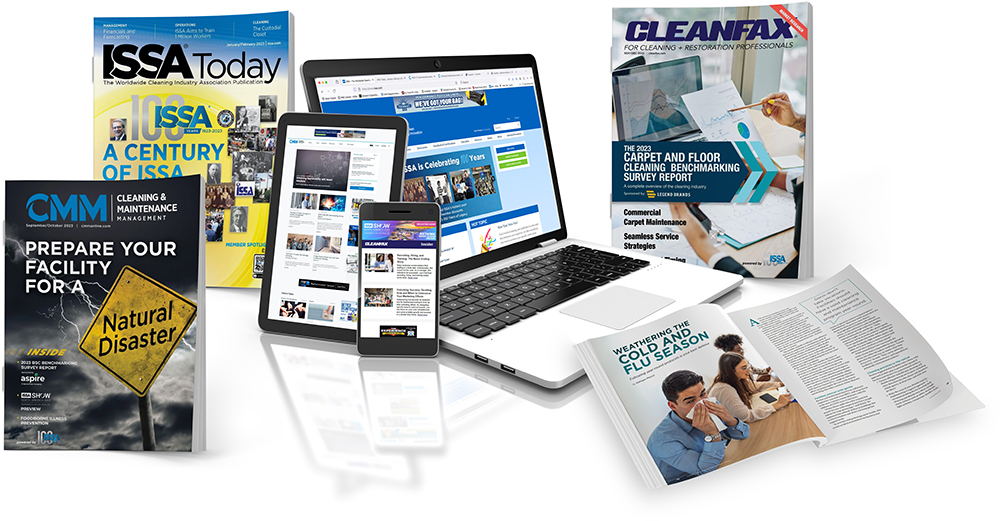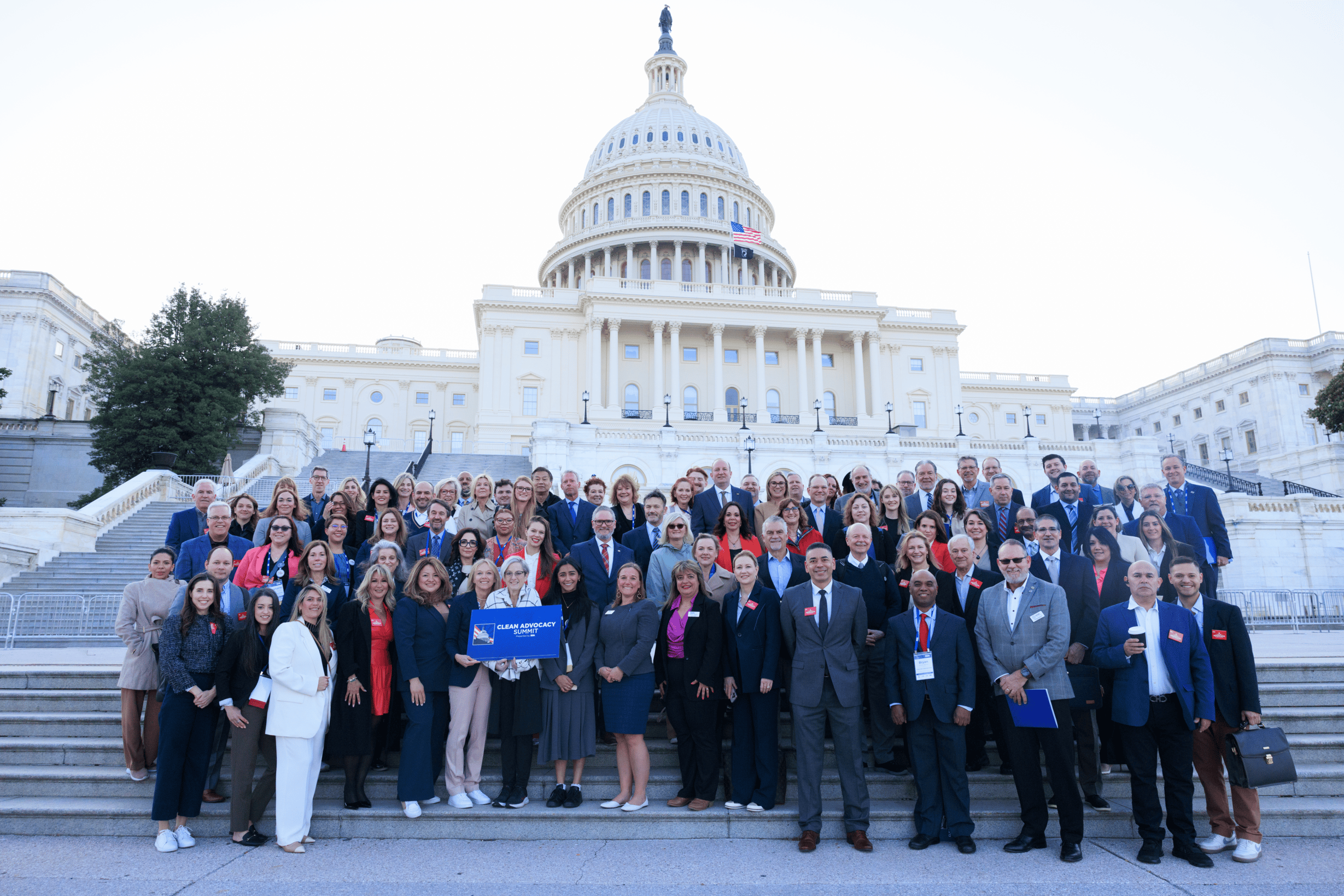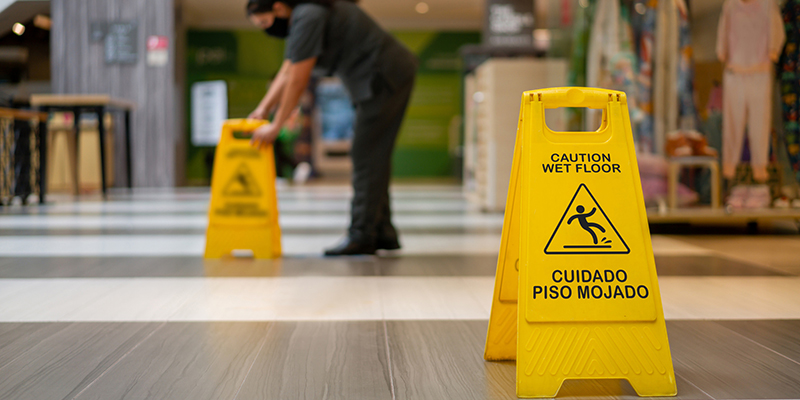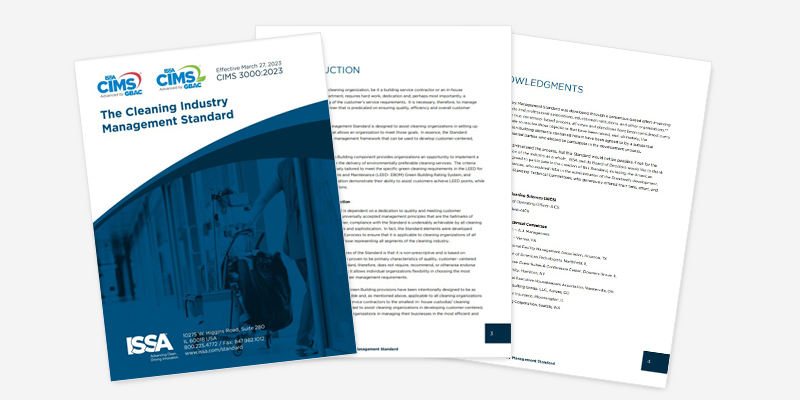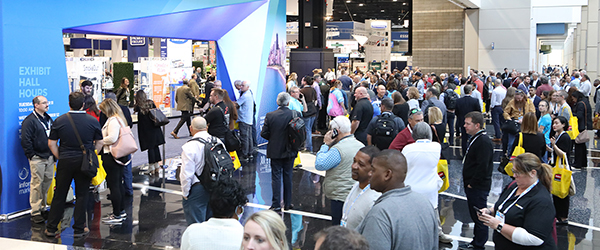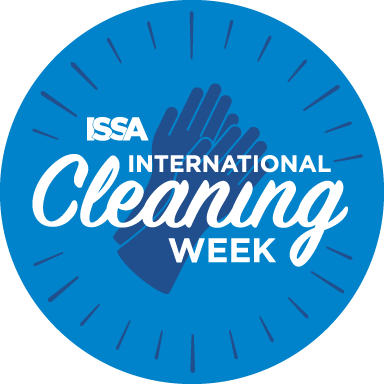
International Cleaning Week
Spotless Spaces Competition Finalist
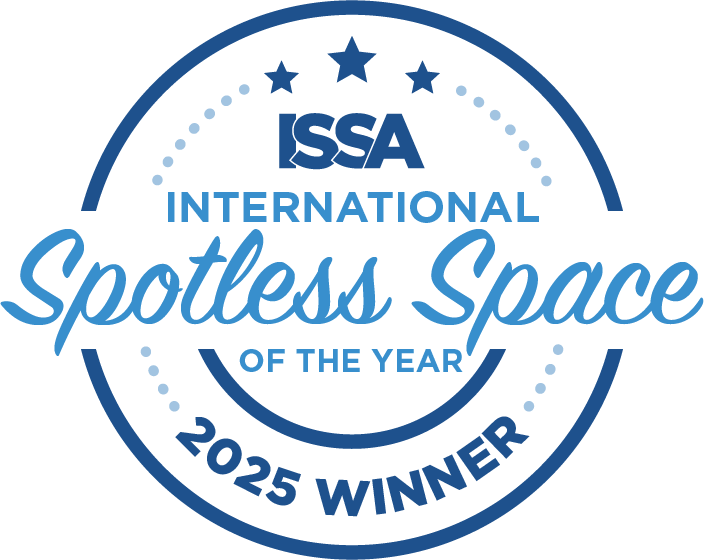
Fiji Hospitals
Hygiene and Sanitization Services Fiji Pte Ltd, BSC
These pictures were taken at Labasa Hospital, Nadi Hospital, and CWM Hospital. We have been servicing major hospitals in Fiji for over three years. The images showcase key areas, including the general patient waiting area, patient rooms, washrooms, doctors’ rooms, general wards, walkways, and gardens.
What specific measures do you or your team implement to ensure this space meets the highest standards of cleanliness and embodies the value of clean?
To ensure a space meets the highest standards of cleanliness and embodies the value of clean, we implement several specific measures:
- Regular Cleaning Schedule: We establish a comprehensive cleaning schedule that includes daily, weekly, and monthly tasks to ensure all areas are consistently addressed.
- Thorough Training for Staff: Team members receive training in the best practices for hygiene and cleanliness, including the proper use of cleaning products and equipment.
- Quality Control Inspections: Routine inspections are conducted to assess cleanliness levels. Any areas not meeting standards are immediately addressed, and feedback is provided to staff.
- Hospital-grade Cleaning Supplies: We utilize high-quality, non-toxic cleaning products that are effective against a broad spectrum of germs and bacteria. This includes regular sanitization of high-touch surfaces.
- Hands-free Solutions: Where possible, we implement hands-free fixtures such as soap dispensers, trash cans, and door openers to minimize contact and enhance hygiene.
- Air Quality Management: We regularly check and maintain air quality through proper ventilation and, if necessary, air filtration systems to reduce airborne contaminants.
- Waste Management Protocols: We have strict protocols for waste disposal, including regular emptying of trash receptacles and safe handling of biohazard materials.
- Feedback Mechanism: We encourage feedback from both staff and users to identify areas for improvement regarding cleanliness and ensure concerns are addressed promptly.
- Sustainability Practices: We aim for sustainable cleaning methods, including recycling initiatives and using environmentally friendly products, to support overall cleanliness and health. By integrating these measures, we strive to create a clean and safe environment that reflects our commitment to hygiene and well-being.
How does cleaning this space contribute to the health and safety of those who use it?
Cleaning a space not only maintains its appearance but also directly contributes to the health and safety of its users in several ways.
Health and Safety Benefits:
- Reduction of Germs and Allergens: Regular cleaning and disinfecting help reduce the presence of harmful bacteria, viruses, and allergens, which can prevent the spread of illnesses and respiratory issues. This is particularly important in high-traffic areas and shared spaces.
- Improved Air Quality: Effective cleaning practices, including dusting and the use of HEPA filters, can enhance indoor air quality by reducing particulate matter and pollutants, making the environment safer for all users, especially those with respiratory conditions.
- Hygienic Facilities: By maintaining sanitary restroom facilities and handwashing areas, we promote proper hygiene practices. This includes providing soap, hand sanitizer, and paper towels, which are essential for minimizing the risk of infection.
Sustainability and Green Cleaning:
- Eco-Friendly Products: We prioritize the use of biodegradable and non-toxic cleaning products that are safe for both users and the environment. This reduces chemical exposure and promotes a healthier space.
- Waste Reduction Initiatives: We implement recycling programs and encourage the use of reusable items where possible, which decreases landfill waste and supports sustainability efforts.
- Energy-Efficient Cleaning Methods: By using equipment and techniques that consume less energy (e.g., microfiber cloths, efficient vacuums), we reduce our environmental footprint while still delivering high standards of cleanliness.
Inclusive Experience:
- Facilities for Menstruators: We provide well-stocked, private spaces with menstrual products in restrooms, ensuring accessibility and comfort for menstruators. This includes designated disposal units for sanitary products.
- Baby Care Solutions: Families benefit from clean, accessible changing stations equipped with supplies for parents and caregivers, promoting a family-friendly atmosphere.
- Accessibility for Individuals with Disabilities: Our cleaning measures ensure that spaces are free from obstruction, and we provide accessible restrooms and clear pathways. We also maintain assistive features, such as handrails and grab bars, in all relevant areas.
- Clear Signage and Public Information: We ensure that all health, safety, and cleaning initiatives are communicated clearly through signage, making it easy for all users to understand and access facilities available to them, including those designed for specific needs.
By integrating these health, sustainability, and inclusivity practices into our cleaning protocols, we foster a space that not only prioritizes cleanliness but also enhances the overall well-being of everyone who uses it.
What does having a spotless space mean to you and your team?
Having a spotless space means several things to our team:
- Health and Safety Priority: A spotless space signifies our commitment to the health and safety of everyone who uses the facility. It reflects our understanding that cleanliness reduces the risk of illness and creates a safe environment.
- Pride and Professionalism: A clean and well-maintained space showcases our professionalism and attention to detail. It instills pride in our work and fosters a sense of ownership among team members, as we recognize that our efforts have a direct impact on the user experience.
- Positive User Experience: A spotless environment enhances the experience for all users, making them feel comfortable, welcomed, and valued. Cleanliness contributes to a positive atmosphere that encourages people to return and recommend the space to others.
- Reputation and Trust: Maintaining a spotless space helps build trust and credibility with our community and users. It demonstrates our dedication to high standards, which can influence public perception and foster loyalty.
- Mindfulness and Focus: A clean space allows for clearer thinking and concentration. It supports a more productive atmosphere, whether for work, social gatherings, or relaxation. We believe that cleanliness positively influences mood and mental well-being.
- Environmental Responsibility: A commitment to cleanliness extends to sustainability efforts. A spotless space reflects our dedication to using eco-friendly cleaning practices and promoting the wellbeing of our planet.
- Inclusivity and Accessibility: A spotless space means that we are creating an environment that is welcoming and accessible to all users, regardless of age, ability, or circumstance. It shows our intention to meet diverse needs through clean and well-maintained facilities.
In essence, for us, a spotless space is not merely about aesthetic appeal; it’s a reflection of our core values and dedication to health, safety, community, and sustainability. It embodies the essence of how we want our users to feel: cared for, respected, and valued.

